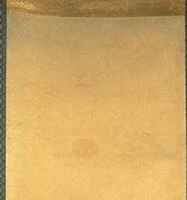11 UMMA Objects
11 UMMA Objects
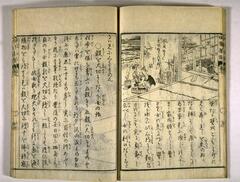
Arisaka Hokuba (Japanese (culture or style))
Denka Chawan
1800 – 1849
Gift of Dr. and Mrs. J.E. Val-Mejias, M.D.
1987/1.367.1
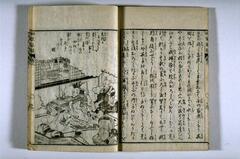
Arisaka Hokuba (Japanese (culture or style))
Denka Chawan
1800 – 1849
Gift of Dr. and Mrs. J.E. Val-Mejias, M.D.
1987/1.367.3
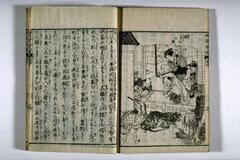
Arisaka Hokuba (Japanese (culture or style))
Denka Chawan
1800 – 1849
Gift of Dr. and Mrs. J.E. Val-Mejias, M.D.
1987/1.367.4
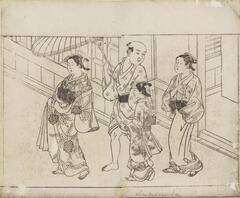
Nishikawa Sukenobu
Courtesan on Promenade: right page of a two-page book illustration
1720 – 1740
Gift of Dr. and Mrs. J.E. Val-Mejias, M.D.
1987/1.371
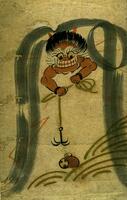
Japanese (Japanese (culture or style))
Ôtsu-e: The Thunder God Fishing for His Drum
20th century
Gift of Dr. and Mrs. J.E. Val-Mejias, M.D.
1987/1.368
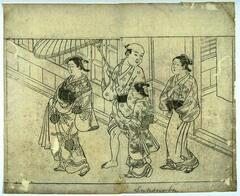
Nishikawa Sukenobu
Courtesan on Promenade: left page of a two-page book llustration
1720 – 1740
Gift of Dr. and Mrs. J.E. Val-Mejias, M.D.
1987/1.372
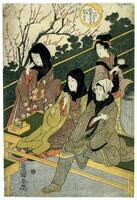
Utagawa Toyokuni I (Japanese (culture or style))
Twelve Months of Actors in Thirty-six Stages (Scenes): Second Month, Plum Blossoms in the Snow, Bandō Mitsugorō III, Iwai Hanshirō V, Sawamura Tanosuke II, and Tea Maid
1805
Gift of Dr. and Mrs. J.E. Val-Mejias, M.D.
1987/1.369
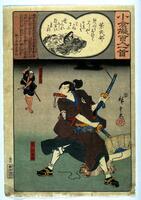
Utagawa Hiroshige III
Ogura-sen Hyakunin Isshu: Murasaki Shikibu (Kano'en Gundaiyu? and Isamu Rokichirô?, two Samurai of Aizu)
1843 – 1846
Gift of Dr. and Mrs. J.E. Val-Mejias, M.D.
1987/1.370

Seiun
Mountains High and Waters Long
20th century
Gift of Dr. and Mrs. J.E. Val-Mejias, M.D.
1987/1.366
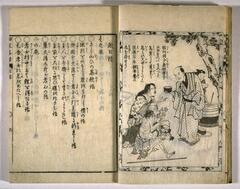
Arisaka Hokuba (Japanese (culture or style))
Denka Chawan
1800 – 1849
Gift of Dr. and Mrs. J.E. Val-Mejias, M.D.
1987/1.367.2
Loading…
